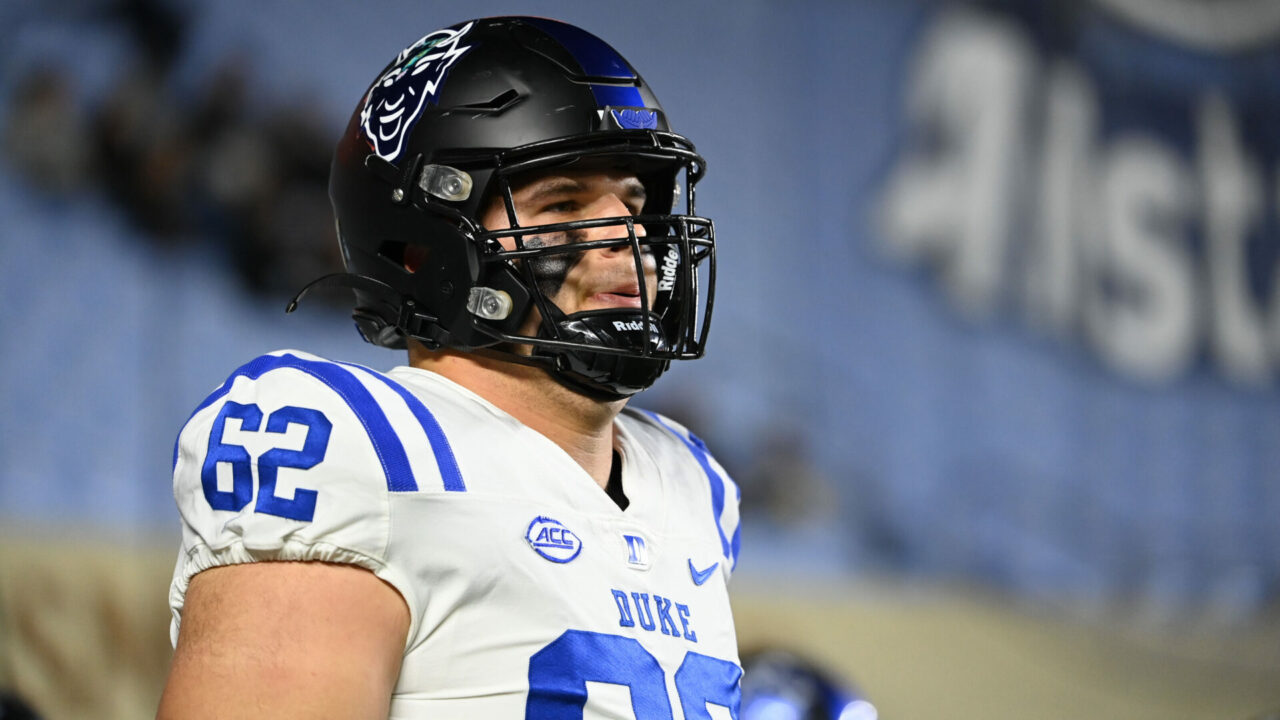Better cornerback unit: Bengals or Steelers?
For some football fans, this answer may seem more obvious than it actually is. Steelers fans have long been critical of the pass defense, a unit which has struggled throughout the last few seasons, and one in which the organization has tried to patch with signings, trades, and draft picks.
The ragtag group which the team field last season consisted of a former fourth-round pick who was released after one season with his original team (Ross Cockrell), a veteran cornerback who left the Steelers and boomeranged back after a season away from Pittsburgh (William Gay), and two rookies (Artie Burns and Sean Davis).
There’s no way this group could possibly compete with the Cincinnati Bengals, a team which boasts nothing but first-round talents at the cornerback position. There’s the ageless Adam “Pacman” Jones, Dre Kirkpatrick, and Darqueze Dennard: all were drafted on day one their respective years. Josh Shaw, a second-year pro taken in the fourth round of the 2015 NFL Draft, stepped in when yet another first round selection, William Jackson III was injured before last season started.
Yet, for having a plethora of talent to defend against the pass, the Bengals only come out one-tenth of a percent ahead of the Steelers corners in a recent revelation by Pro Football Focus:
The stingiest cornerback corps in the league last year pic.twitter.com/q1riWQ9Tdy
— PFF (@PFF) July 4, 2017
We often scratch our head at the figures produced by the analytics powerhouse, but this is one I’ve been waiting to justify to Steelers Nation: the secondary is not only improving, but it’s trending toward elite. That’s a bold statement that I first have to pump the brakes on, to examine some prior stats that weren’t as complimentary toward the Steelers defense.
During the 2015 regular season, the Steelers posted the second-to-last pass defense in the NFL, allowing an average of 287.6 yards per game. William Gay and Antwon Blake were the starters for the majority of that season; Blake was actually attributed to giving up 25% of the team’s total that season!
@ThePoniExpress Antwon Blake gave up PFF record for yards allowed in coverage (1074) 1/4 of Steelers total (4350)
— 𝗦𝘁𝗲𝗲𝗹 𝗖𝗶𝘁𝘆 𝗨𝗻𝗱𝗲𝗿𝗴𝗿𝗼𝘂𝗻𝗱 (@steelcityundrgr) March 11, 2016
We’re only discussing corners, but it’s important to note that the safeties that season were Mike Mitchell and Will Allen, with a sprinkle of Robert Golden in relief. Cornerbacks aren’t the only players on the field attributed to giving up passing yards, as safeties and linebackers often cover potential pass catchers. That much is relevant toward the Steelers transformation in 2016, which didn’t take place right away, but eventually yielded one heck of a stat line.
Through the first nine games of the regular season, Pittsburgh was once again trending toward terrible. They were relinquishing 278.1 passing yards per game and gave up 300 yards in each of the first three games, with 250 or better in six of those nine. However, over the last seven games of the regular season, they held every single opponent under 250 passing yards, and three of them under 200.
The difference was night and day; it could be attributed to sliding Sean Davis over to the safety position he was intended to play, rather than the nickel corner spot he was forced to start the season at following another injury to 2015 second round pick Senquez Golson. Golson had been drafted to help shore up the secondary but has yet to play after being in the league for two seasons. Steelers 2016 first round pick, Artie Burns, had to bide his time to become a starter, but once he did, William Gay moved over to the slot position. Ross Cockrell taking over for Antwon Blake was also a huge improvement:
Nevin Lawson stepped his game up in a big way last year pic.twitter.com/fGyfZZWT8l
— PFF (@PFF) July 4, 2017
The changes improved the Steelers to a team who only gave up 197 passing yards per game, good enough to rank in the top five of the league (rather than those dismal bottom feeding numbers produced earlier in the season).
Comparing those figures with their division rival, the Steelers would finish 17th on the year in passing defense while the Bengals would rank 22nd. The Bengals defense also gave up some big passing performances early on, allowing three teams to drop 300 or better on them through their first nine games, but had a solid showing over their final seven by only allowing an average of 210.3 passing yards per game.
In case you’re wondering why those first nine games are so important as the cutoff, and why I didn’t choose to cut the season in half, here’s why: Pittsburgh sat at 4-5 following a four-game losing streak after nine games. Cincinnati was still in striking distance through nine games as well, sitting on a 3-5-1 record (the tie coming in Week 8 against the Redskins). With both teams in contention for the AFC North title, chasing a 5-4 Baltimore Ravens squad, it was the Steelers who clamped down defensively and went on to win their next seven straight regular season games.
The Bengals would go 3-4 over their last seven, falling to 6-9-1 on the season and finishing third in the division.
It’s awkward to think that the Steelers pass defense could be considered strong; especially after a disastrous showing in the AFC Championship game. However, the franchise continues to add components to help improve a defense which has already shown improvement. Granted, some of those games weren’t against the strongest of competition, but then again, the Bengals played a very similar schedule in 2016 against the same NFC East and AFC East opponents the Steelers faced.
With all things being nearly equal, the Pittsburgh corners have helped revive a passing defense which is all but ignored as being good enough to get the job done. With several other additions such as free agent Coty Sensabaugh, recent draft picks Cameron Sutton and Brian Allen, and the return of a healthy Senquez Golson, it might not be long until they are considered one of the best units in the league.









